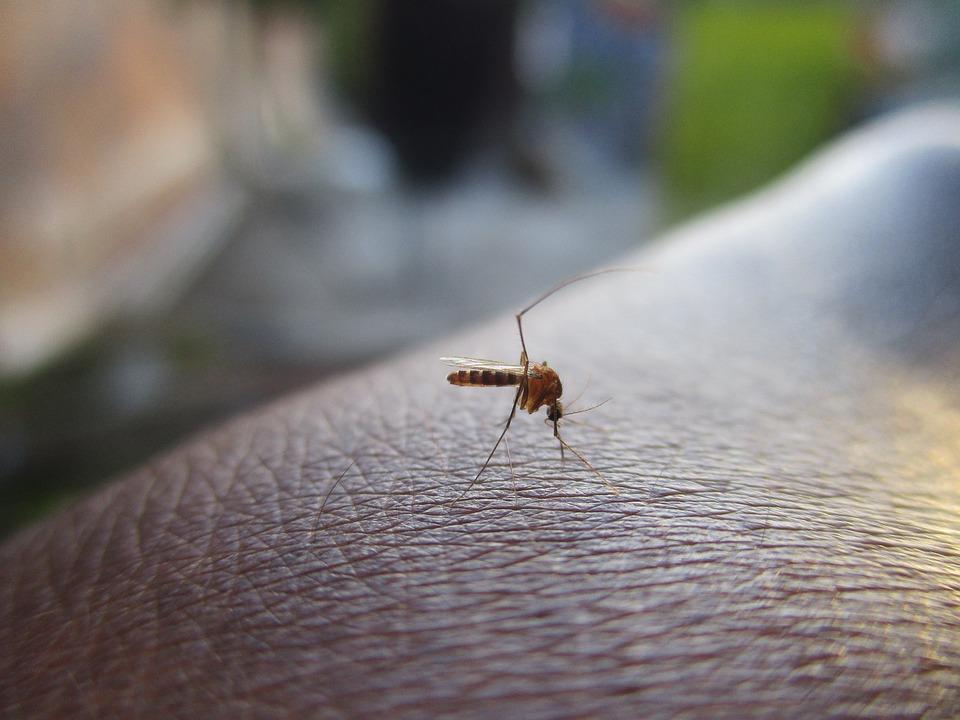Researchers in Queensland are trialling a new alternative to the delivery of the Japanese encephalitis (JE) vaccine by injecting the inoculation into the top layer of the skin to increase affordability and take-up numbers in Australia.
“This potential approach could lower the cost of JE vaccination and protect four times as many people per vaccine vial,” Dr Luis Furuya-Kanamori from The University of Queensland (UQ) said.





